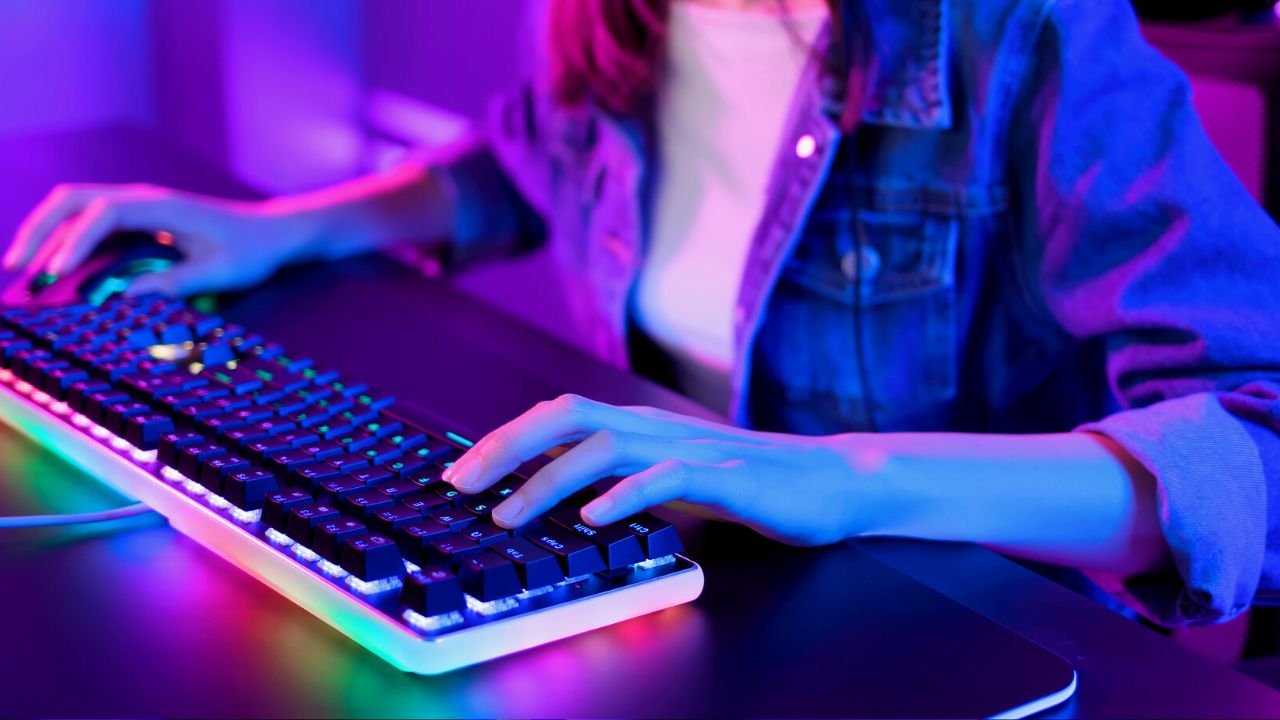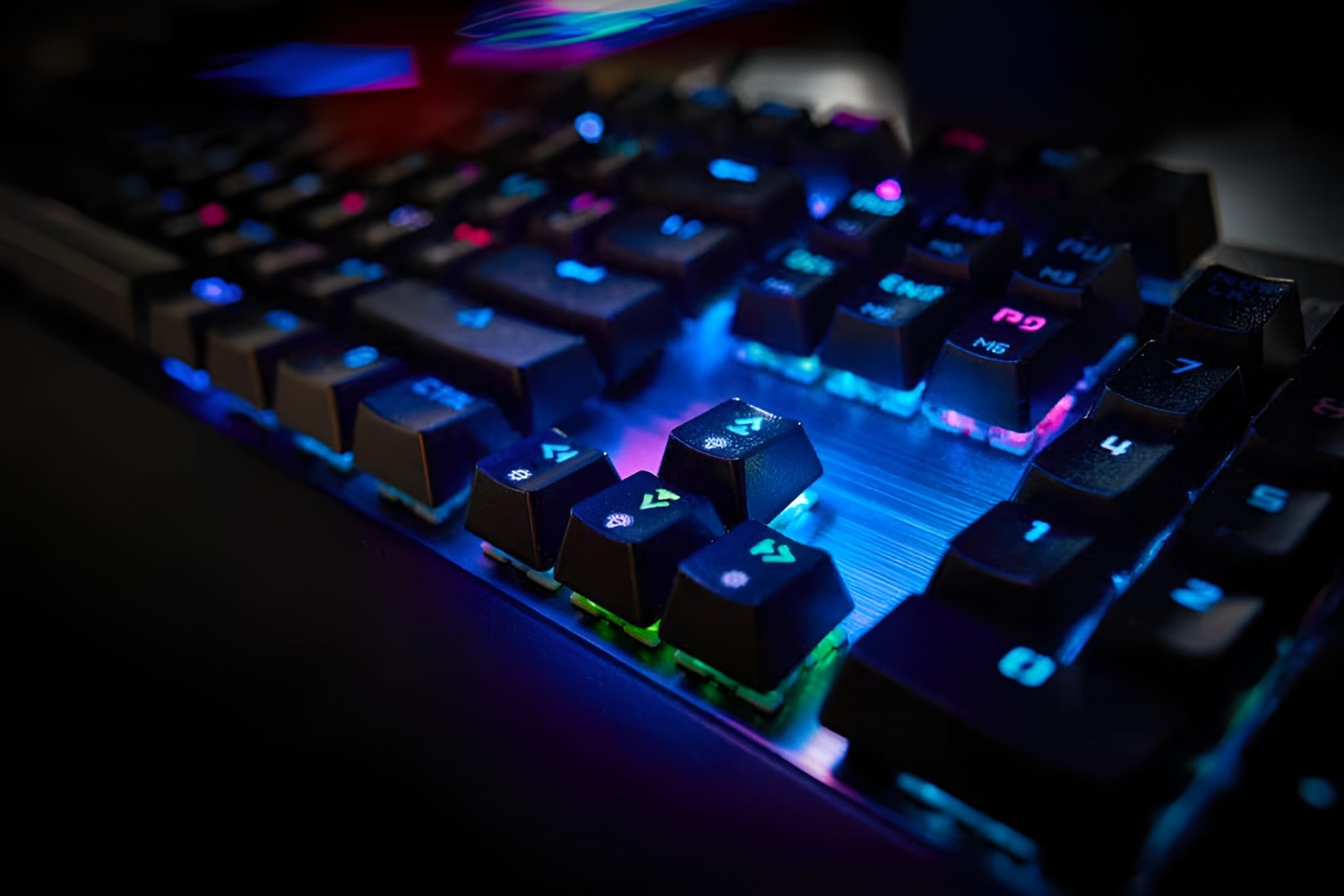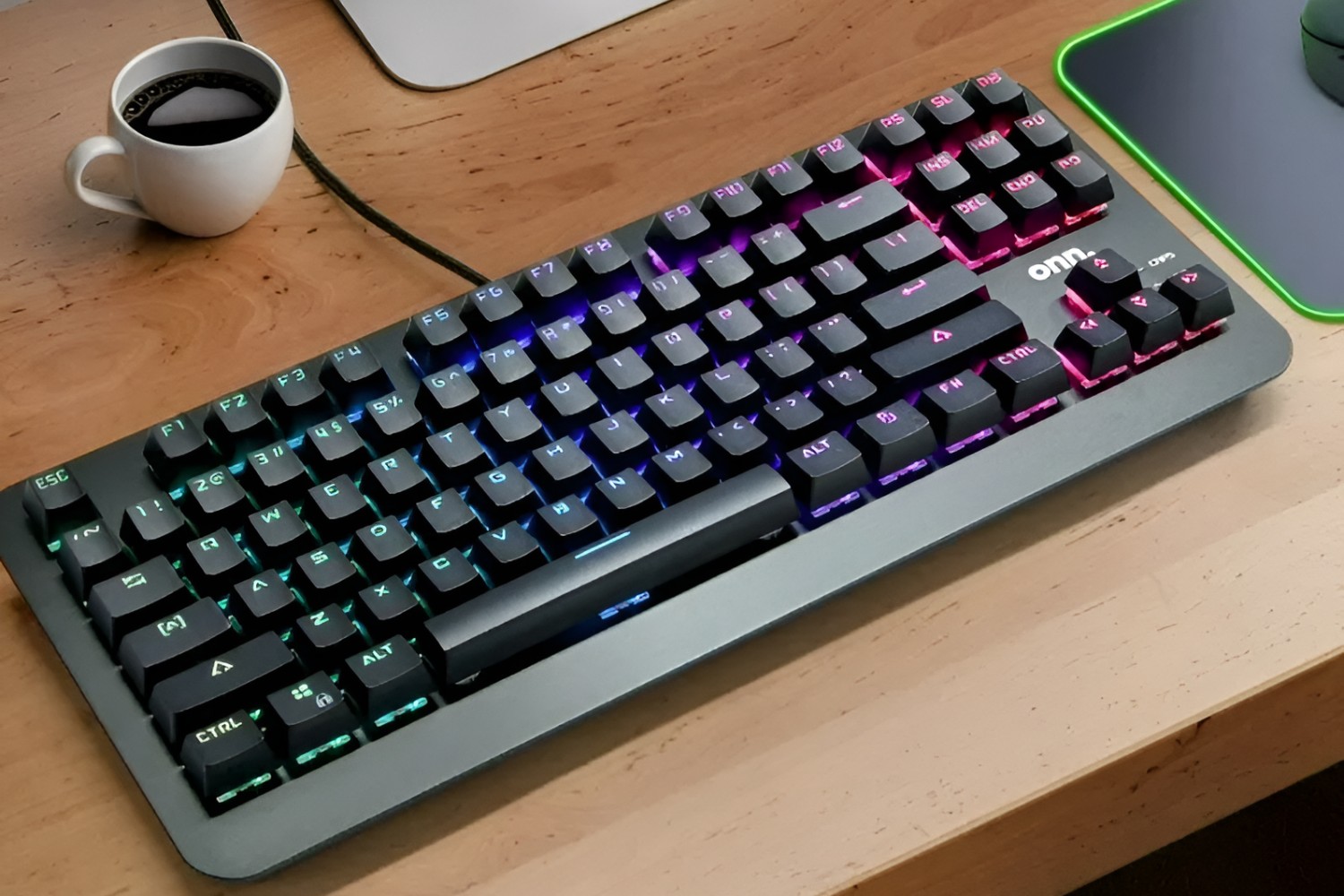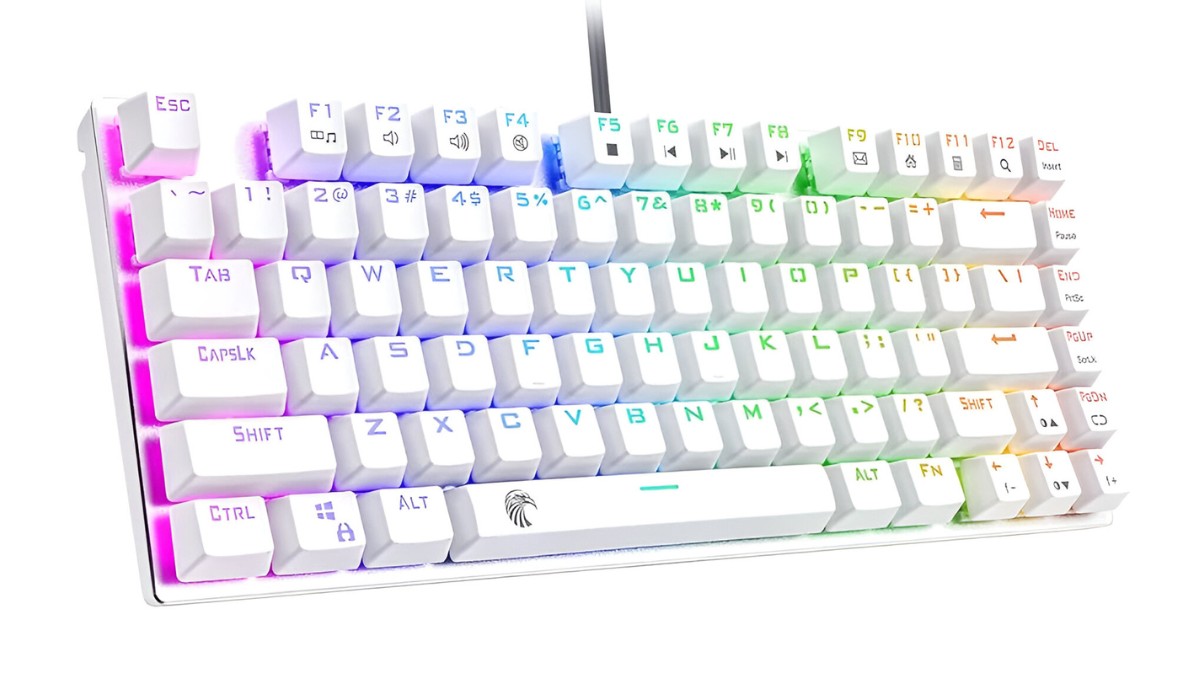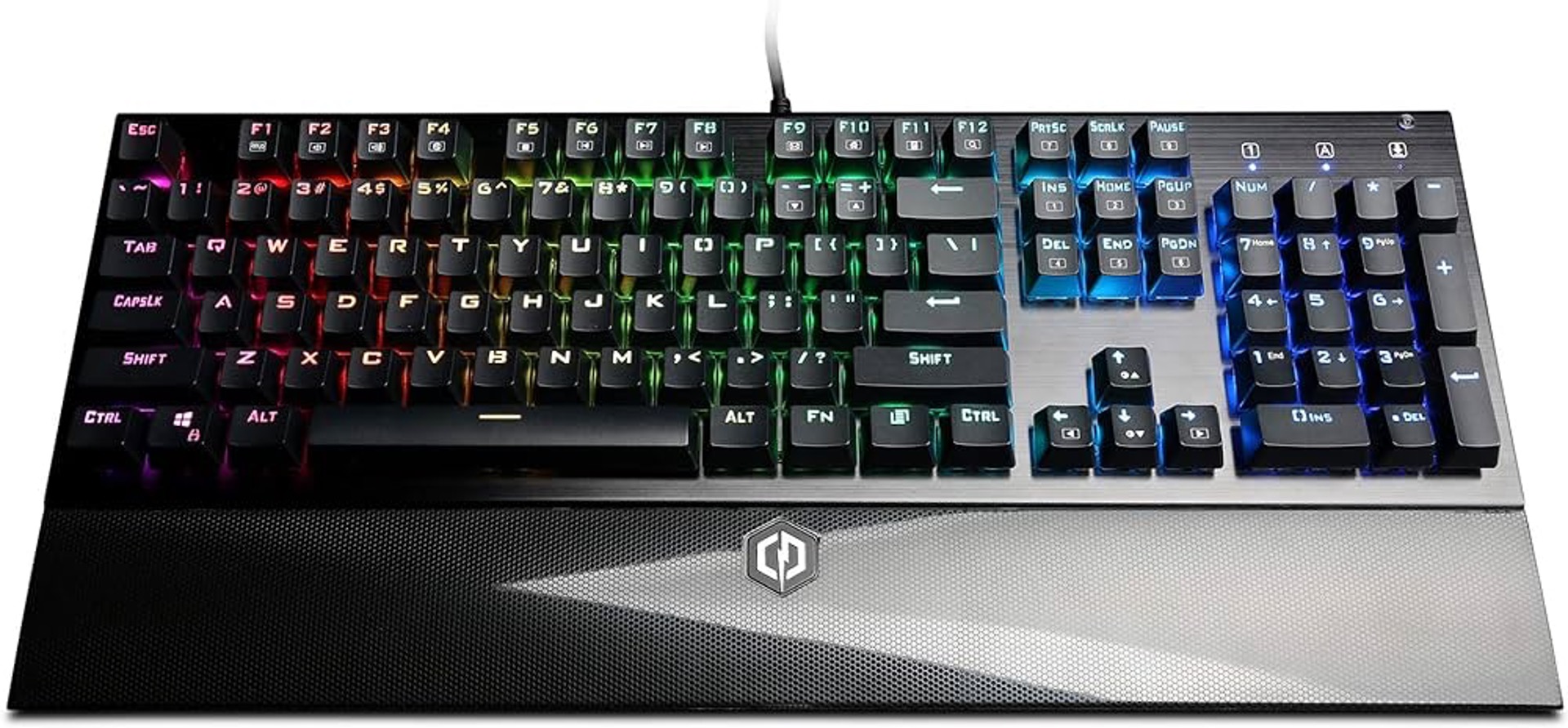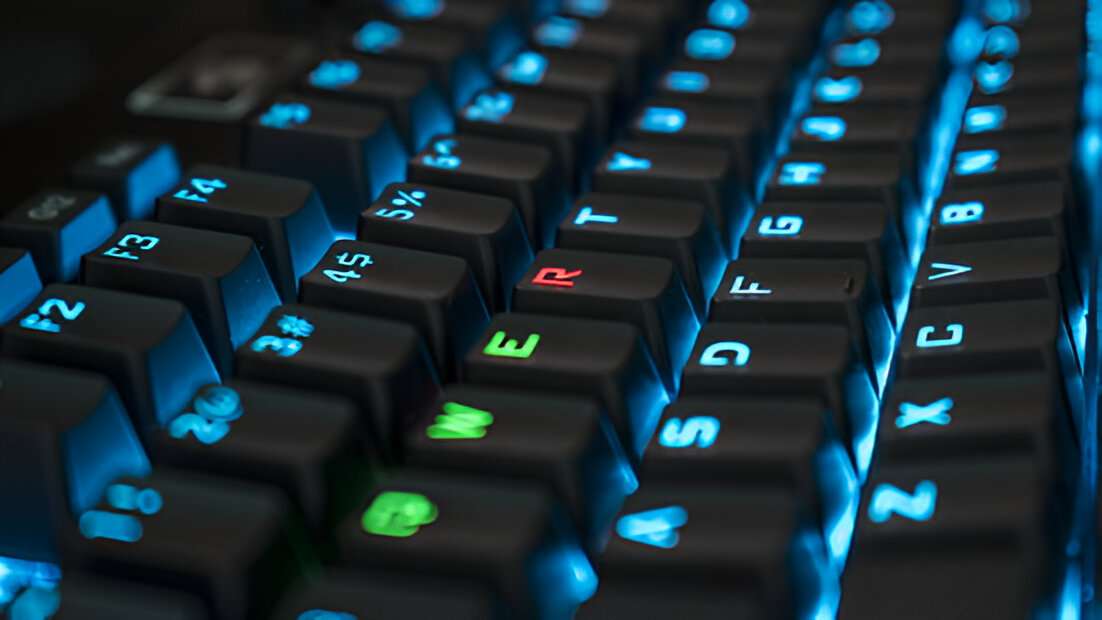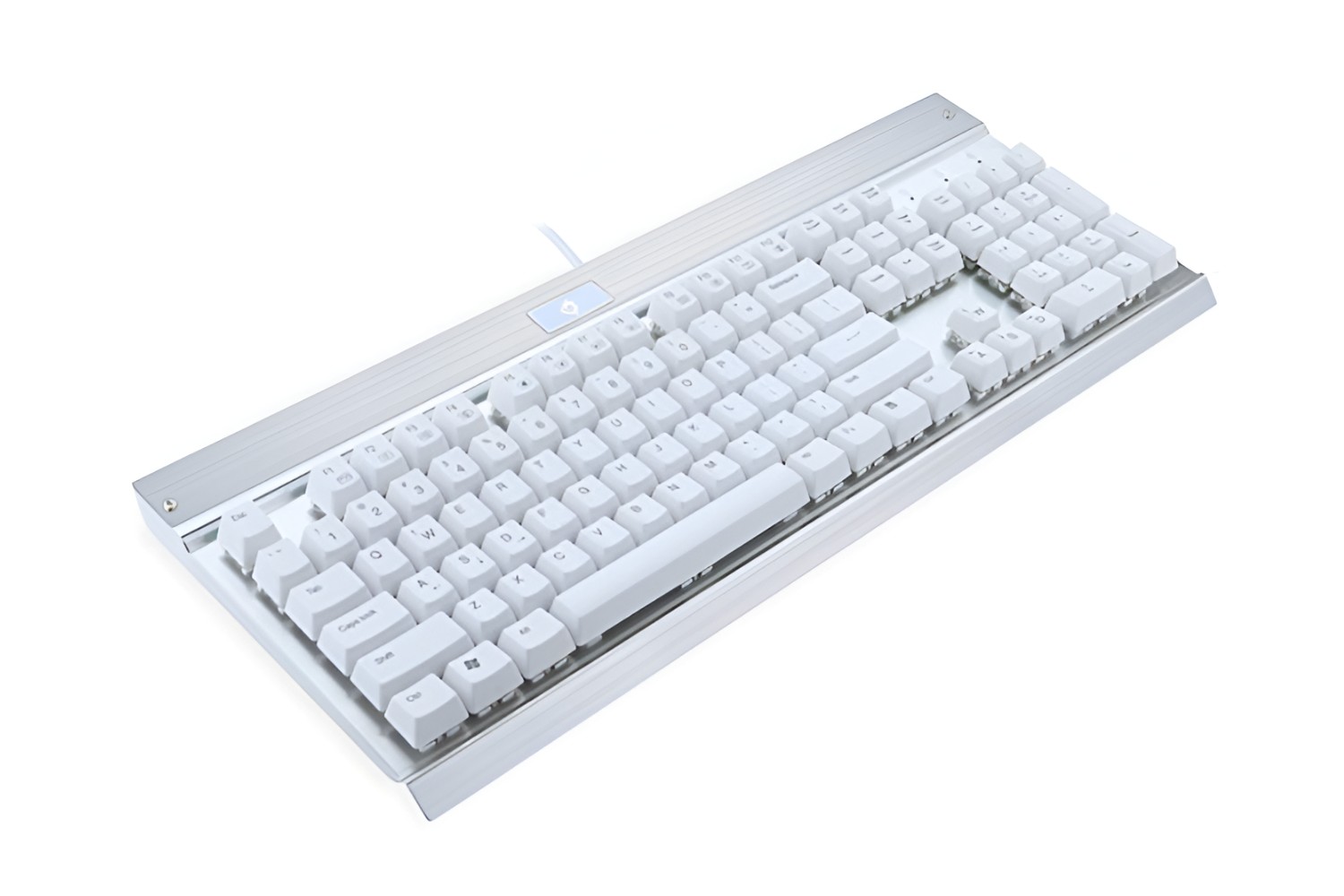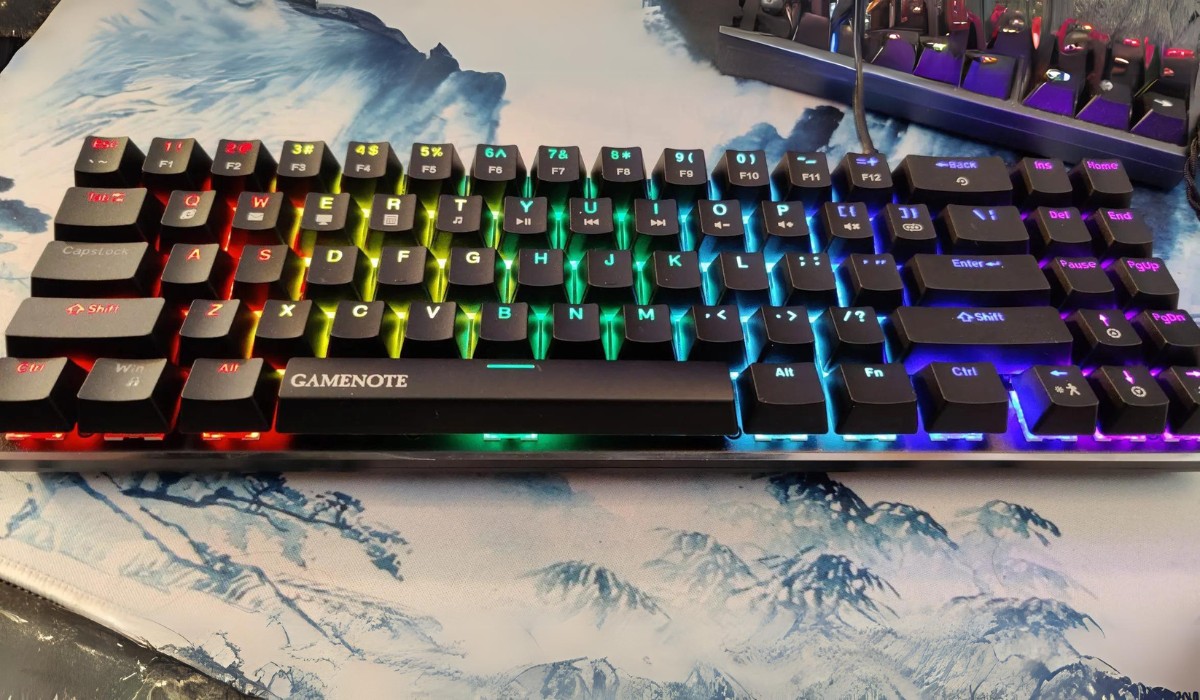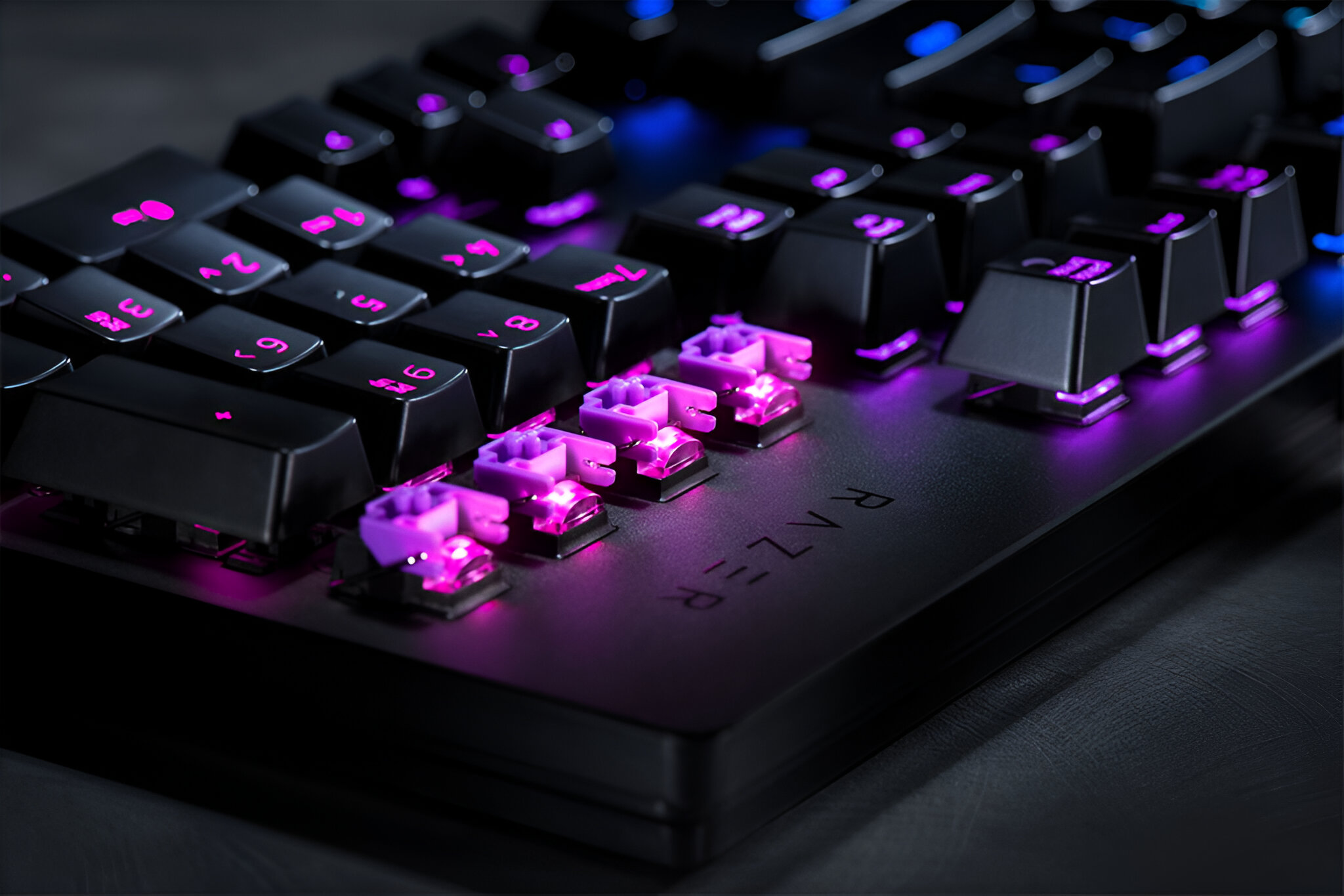Introduction
Are you looking to add a personal touch to your mechanical keyboard? Customizing the colors of your keyboard's backlighting can transform your gaming or typing experience. Whether you want to match your keyboard to your setup or simply enjoy a visually appealing display, changing the colors on a mechanical keyboard can be an exciting endeavor. This article will guide you through the various methods to achieve the perfect color scheme for your keyboard.
The ability to modify the colors of a mechanical keyboard is often a key feature that sets it apart from traditional keyboards. With the rise of RGB (Red, Green, Blue) lighting technology, users can now personalize their keyboards with an extensive range of color options. Understanding how RGB lighting works and the available software and manual methods for color customization will empower you to unleash your creativity and make your keyboard uniquely yours.
In the following sections, we will delve into the world of RGB lighting, explore the software options for changing colors, discuss manual color-changing methods, and provide tips for customizing colors to elevate your keyboard aesthetics. Whether you're a gaming enthusiast, a professional typist, or simply someone who appreciates a visually stunning setup, this guide will equip you with the knowledge and tools to elevate your keyboard's visual appeal. Let's embark on this colorful journey to transform your mechanical keyboard into a vibrant and personalized work of art.
Understanding RGB Lighting
RGB lighting in mechanical keyboards utilizes red, green, and blue light-emitting diodes (LEDs) to produce a wide spectrum of colors. By adjusting the intensity of each primary color, the keyboard can create a diverse range of hues, allowing for virtually endless customization possibilities. Understanding the basics of RGB lighting is crucial for effectively manipulating the colors on your mechanical keyboard.
RGB lighting operates on the additive color model, where different combinations of red, green, and blue light are mixed to produce a broad array of colors. By blending these primary colors at varying intensities, the keyboard can display millions of color variations, enabling users to tailor the backlighting to their preferences.
Most modern mechanical keyboards equipped with RGB lighting feature software control that allows users to select individual key colors, apply dynamic lighting effects, and synchronize the lighting with other compatible peripherals. This level of customization empowers users to create immersive lighting setups that enhance their overall computing experience, whether for gaming, productivity, or aesthetic appeal.
Understanding the principles of RGB lighting enables users to appreciate the technology behind their customizable keyboards and provides a foundation for exploring the software and manual methods for changing colors. With this knowledge, users can make informed decisions when selecting color schemes and dynamic lighting effects to suit their individual tastes and preferences.
Software Options for Changing Colors
When it comes to customizing the colors on a mechanical keyboard, utilizing dedicated software provides a convenient and versatile approach. Many mechanical keyboards with RGB lighting are accompanied by proprietary software that grants users full control over the backlighting, allowing for effortless color adjustments and dynamic lighting effects.
These intuitive software platforms often feature user-friendly interfaces that enable seamless color customization. Through the software, users can select individual keys or zones on the keyboard and assign specific colors to each, resulting in personalized and visually striking layouts. Furthermore, dynamic lighting effects such as waves, ripples, and reactive lighting can be easily applied, adding an extra layer of personalization and immersion to the keyboard's aesthetics.
Additionally, some manufacturers offer advanced features within their software, such as the ability to synchronize the keyboard's lighting with in-game events or music playback, creating an immersive and dynamic lighting experience that enhances gaming sessions and overall computer usage.
Furthermore, third-party software solutions may also be available, offering alternative methods for customizing RGB lighting on mechanical keyboards. These software options often provide additional functionalities and effects, catering to users who seek more extensive customization options beyond what the native software offers.
By leveraging dedicated software, users can effortlessly tailor their mechanical keyboard's backlighting to suit their preferences, whether they prefer a uniform color scheme for productivity or dynamic lighting effects for gaming and entertainment. The flexibility and convenience offered by these software solutions empower users to unleash their creativity and transform their keyboards into captivating visual displays.
Manual Color Changing Methods
While software provides a convenient way to customize the colors on a mechanical keyboard, there are also manual methods for adjusting the backlighting without relying on dedicated software. These manual techniques offer users alternative approaches to achieve their desired color schemes and lighting effects, providing flexibility and creative freedom.
One common manual method involves using keyboard shortcuts or hotkeys to directly manipulate the backlighting on the keyboard. By pressing specific key combinations, users can cycle through predefined color profiles, adjust brightness levels, or activate dynamic lighting effects without the need for additional software. This straightforward approach allows for quick color changes and lighting adjustments, making it ideal for users who prefer a more hands-on and immediate method of customization.
Another manual method for changing colors on a mechanical keyboard involves utilizing onboard controls, such as dedicated buttons or dials, to modify the lighting settings directly on the keyboard itself. These controls often provide quick access to color presets, brightness adjustments, and lighting effects, offering a convenient and tactile way to personalize the keyboard's backlighting without the reliance on external software or complex configurations.
Furthermore, some mechanical keyboards feature customizable physical switches or removable keycaps that allow users to physically swap out the translucent elements, such as keycaps or light bars, to achieve different colors and effects. This hands-on approach to color customization provides users with a tangible and interactive method for achieving unique and personalized lighting configurations.
By incorporating manual color changing methods, mechanical keyboard users can enjoy a diverse range of options for adjusting their keyboard's backlighting, catering to different preferences and usage scenarios. Whether through intuitive keyboard shortcuts, onboard controls, or physical customization components, these manual methods offer an engaging and tactile experience for users seeking hands-on control over their keyboard's visual aesthetics.
Tips for Customizing Colors
Customizing the colors on a mechanical keyboard presents an opportunity for personal expression and creativity. Whether you aim to create a visually harmonious setup or seek dynamic lighting effects for gaming immersion, the following tips will help you maximize the potential of your keyboard's RGB lighting:
- Consider Your Setup: Take into account the overall color scheme and aesthetic of your workspace or gaming area. Harmonizing the keyboard's colors with the surrounding environment can create a cohesive and visually pleasing setup.
- Explore Dynamic Effects: Experiment with dynamic lighting effects offered by the keyboard's software, such as reactive lighting, color waves, or custom animations. Dynamic effects can add an engaging and immersive element to your keyboard's visual appeal.
- Utilize Key Customization: Take advantage of the ability to assign individual colors to specific keys or zones on the keyboard. This feature allows for personalized key layouts and can be particularly useful for highlighting important keys or creating visually distinct sections.
- Sync with Other Peripherals: If you have other RGB-enabled peripherals, consider synchronizing their lighting with your keyboard to achieve a unified and synchronized lighting setup across all devices.
- Balance Brightness and Contrast: Adjust the brightness and contrast of the backlighting to ensure optimal visibility and comfort during extended usage. Finding the right balance can enhance the overall visual experience while minimizing eye strain.
- Community Presets and Profiles: Explore online communities and forums dedicated to mechanical keyboards to discover user-created color presets and profiles. These resources can provide inspiration and ready-made configurations that align with your preferences.
- Personalize for Productivity: If you use the keyboard for work or productivity, consider creating color schemes that aid in task organization or visual cues for specific functions, such as differentiating between gaming and productivity modes.
- Experiment and Have Fun: Embrace the versatility of RGB lighting and allow yourself to experiment with different color combinations and effects. Customizing your keyboard's colors should be an enjoyable and creative process, so don't hesitate to explore and personalize to your heart's content.
By incorporating these tips into your color customization endeavors, you can unlock the full potential of your mechanical keyboard's RGB lighting and create a visually captivating and personalized keyboard setup that complements your unique style and preferences.
Conclusion
Customizing the colors on a mechanical keyboard is a gateway to personal expression and creativity, offering users the ability to transform their keyboards into vibrant and visually captivating peripherals. Whether for gaming, productivity, or aesthetic enhancement, the diverse methods for changing colors and manipulating RGB lighting provide an array of options to suit individual preferences and usage scenarios.
From understanding the principles of RGB lighting to exploring dedicated software and manual color-changing methods, users have access to a wealth of tools and techniques to tailor their keyboard's visual aesthetics. The seamless integration of RGB lighting technology into mechanical keyboards has not only elevated the user experience but also fostered a community of enthusiasts who continuously push the boundaries of color customization and lighting effects.
As the world of mechanical keyboards continues to evolve, the potential for innovative color customization and dynamic lighting experiences is boundless. The fusion of technology and creativity allows users to curate immersive and personalized setups that reflect their unique style and preferences, enhancing both functionality and visual appeal.
Ultimately, the journey of customizing colors on a mechanical keyboard is an exploration of individuality and personalization. By embracing the tips, techniques, and software options available, users can embark on a colorful adventure to create a keyboard setup that not only meets their practical needs but also resonates with their aesthetic sensibilities. The ability to infuse personality and creativity into a utilitarian device such as a keyboard underscores the significance of customization in modern computing and personal expression.
With an array of colors at their fingertips and a myriad of customization options to explore, users can craft a keyboard setup that is not only visually stunning but also a reflection of their unique identity and style. The journey of customizing colors on a mechanical keyboard is a testament to the intersection of technology and personal expression, showcasing the power of RGB lighting to elevate the computing experience into a realm of personalized artistry and immersive visual displays.







